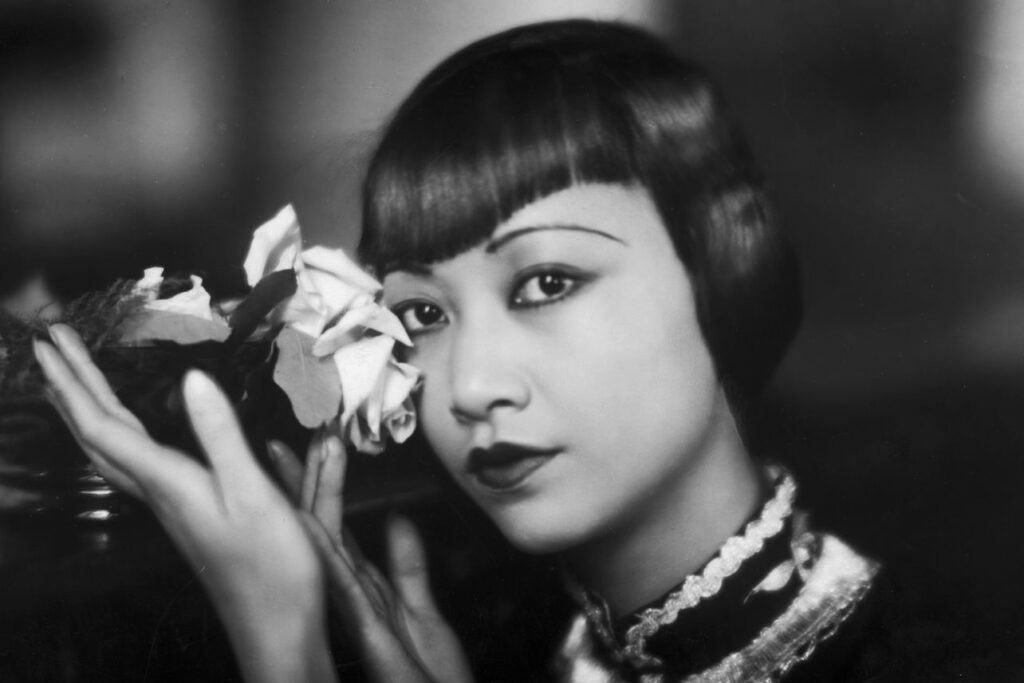Ryan Murphy’s latest Netflix show ‘Hollywood’ imagines a magical post-World War II America in which black actors are cast for major roles, queer people are embraced by agents, and people of color direct major motion pictures. The miniseries dares us to imagine a world that could have been if Hollywood had embraced diversity early on. Murphy’s version of Hollywood feels dynamic and inclusive, where different voices are heard and beautiful art is made.
That, of course, is not what Hollywood has ever been. To illustrate its utopian rendition of the world, the series must contrast it with what actually was. The critique of the status quo is made most poignant by a tragic retelling of the story of Anna May Wong, Hollywood’s first Chinese-American actress. In the second episode, up-and-coming film director Raymond Aisley visits Wong in her home to ask if she’d be interested in playing the leading part in a film. Jaded, Wong is hardly responsive and asks whether anyone would be interested in producing such a film.
The real Anna May Wong was born in Los Angeles to second-generation Chinese parents who owned a laundromat. In 1922, she scored a leading role in The Toll of the Sea and became the most visible Asian figure when the Chinese Exclusion Act— a countrywide ban of Chinese immigrants that lasted from 1883 to 1942—was in full effect.
Shortly after her successful breakout film, Wong was only cast for roles that played up stereotypes of Asian women as submissive, manipulative, or exotic. In the Daughter of the Dragon, Wong played the role of Fu Manchu’s daughter, a hyper-sexualized and menacing character who uses mystical powers to trick the white protagonists. Such films contributed to the notion of the Yellow Peril, an American trope that painted East Asians as an existential threat to Western civilization.
Anna May Wong in ‘Daughter of the Dragon’
In its second episode, ‘Hollywood’ recounts the biggest disappointment of Wong’s career. In 1935, MGM turned Wong away for the role of O-Lan in The Good Earth, a movie adaptation about Chinese farmers struggling through a famine. Instead, they hired Luise Rainer, a white actress in yellow face who would go on to win the Oscar for Best Actress.
Wong was vocal about her disillusion with Hollywood and hoped to diversify the roles of Asian-Americans in film. Towards the end of her life, she created The Gallery of Madame Liu-Tsong, the first TV series with an Asian lead. She died soon after, at the age of 56, from a heart attack.
Rainer as O-Lan in ‘The Good Earth’, for which she won an Oscar
The story of Wong serves as a stark backdrop to the otherwise upbeat tone of the series. It forces viewers to contend with the racist legacy of American media and exemplifies what Murphy says without saying by creating the show: representation matters.
In 2014, Asians made up 1.4 percent of roles in Hollywood. After Crazy Rich Asians, The Farewell and Parasite, the future looks slightly brighter. Still, we have a long way to go: at a time when hashtags like #Oscarssowhite trend at least once a year, ‘Hollywood’ is a refreshing take on what has been lost. More importantly, it is also a window into what still could be.






